Astronomers have discovered a stellar black hole 33 times more massive than the Sun and is also the second closest black hole to Earth ever recorded.
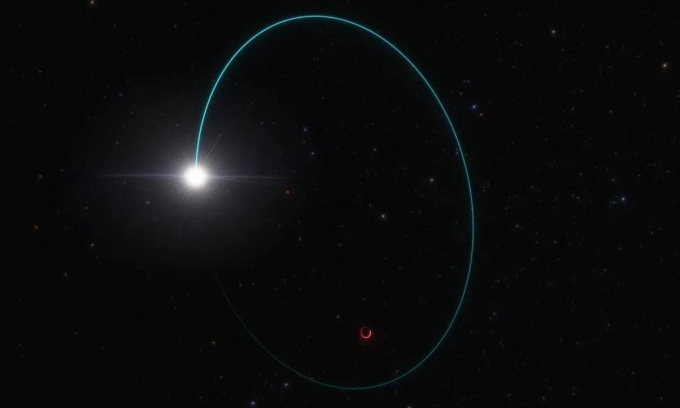
Illustration of the Milky Way's largest stellar black hole and the star orbiting it. Image: ESO/L. Calcada
The newly discovered black hole, called Gaia BH3, is 33 times more massive than the Sun, taking the title of the Milky Way's most massive stellar black hole from Cygnus X-1, a stellar black hole with a mass 21 times that of the Sun. Gaia BH3 is only about 2,000 light-years from Earth, located in the constellation Aquila (Aquila), and is the second closest black hole ever recorded to Earth. The closest black hole is Gaia BH1, which is 1,500 light-years from Earth.
“No one expected to find such a massive black hole lurking nearby, undetected until now,” said Pasquale Panuzzo, an astronomer at the Paris Observatory of the French National Center for Scientific Research (CNRS). The new study was published in the journal Astronomy and Astrophysics on April 16.
Black holes form from the collapse of massive stars and grow by feeding on gas, dust, other stars, and black holes. Currently, black holes are divided into two main types: stellar black holes (or stellar mass black holes) which are several times to several tens of times more massive than the Sun, and supermassive black holes which are several million to 50 billion times more massive than the Sun. There are also intermediate-mass black holes, which are theorized to be 100 to 100,000 times more massive than the Sun. Although there are a number of potential candidates, no intermediate-mass black holes have been confirmed with certainty.
To discover Gaia BH3, the team used the European Space Agency's (ESA) Gaia spacecraft, which maps the positions and movements of about 2 billion stars in the Milky Way. Looking at Gaia's data, the team of astronomers discovered a strange wobble in the star's orbit. The cause could only be the gravitational pull of an invisible companion black hole. So they took a closer look at the Gaia observations and data from the Very Large Telescope in Chile's Atacama Desert, finally confirming the existence of the black hole. The observations also allowed them to obtain an accurate measurement of the object's mass.
The team wants to do more research to understand how Gaia BH3 formed and how it affects the surrounding matter. Initial results suggest that its companion star lacks elements heavier than hydrogen and helium. This supports the hypothesis that small black holes can form from stars that fuse less nuclear fuel into heavier elements. Studying black holes helps scientists understand more about the expansion of the universe, how stars and planets form and evolve, and also validates human theories about the universe.
Thu Thao (According to Live Science )
Source link



![[Photo] Relatives of victims of the earthquake in Myanmar were moved and grateful to the rescue team of the Vietnamese Ministry of National Defense.](https://vstatic.vietnam.vn/vietnam/resource/IMAGE/2025/4/2/aa6a37e9b59543dfb0ddc7f44162a7a7)



![[Photo] Third meeting of the Organizing Subcommittee serving the 14th National Party Congress](https://vstatic.vietnam.vn/vietnam/resource/IMAGE/2025/4/2/3f342a185e714df58aad8c0fc08e4af2)
![[Podcast] News April 1, 2025](https://vstatic.vietnam.vn/vietnam/resource/IMAGE/2025/4/2/bba48391b1ad42a5b4603dbfded20f5d)

![[Podcast] News on March 28, 2025](https://vstatic.vietnam.vn/vietnam/resource/IMAGE/2025/4/2/71ad75b4b2494a89801803881cbac9ff)
![[Podcast] News on March 31, 2025](https://vstatic.vietnam.vn/vietnam/resource/IMAGE/2025/4/2/5a7d20660f6b4d5e834f67948641b005)
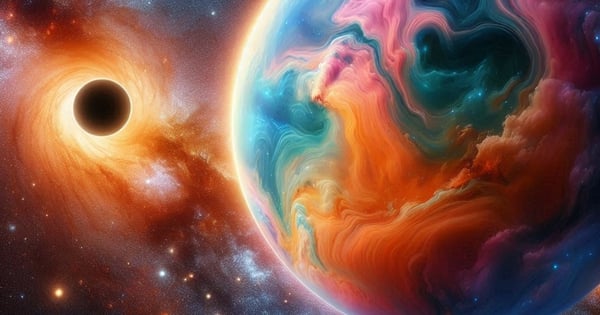

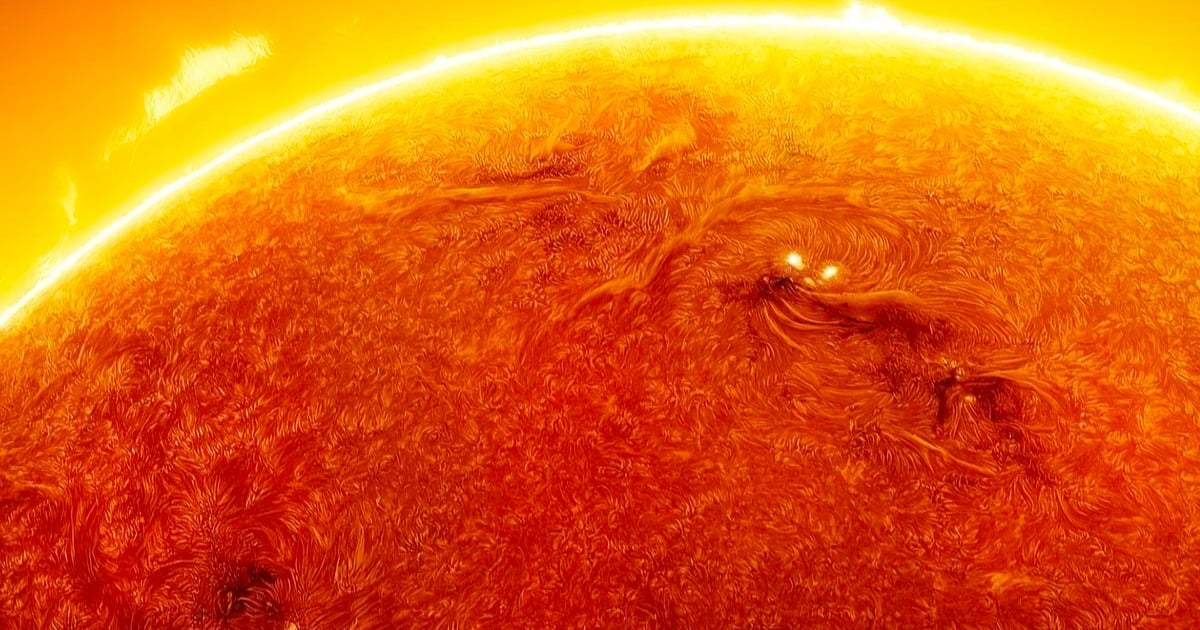

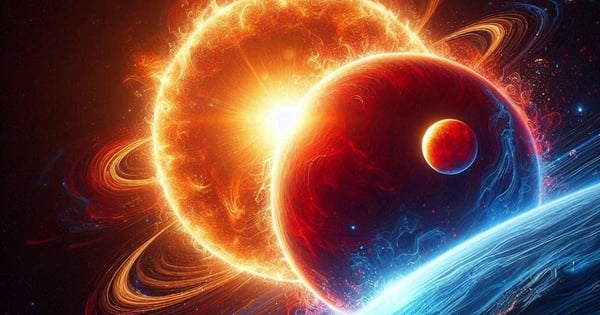

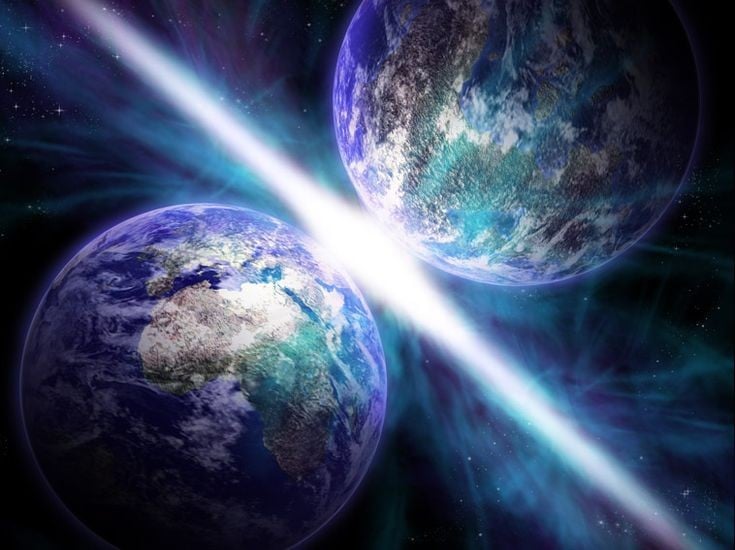
















































































Comment (0)